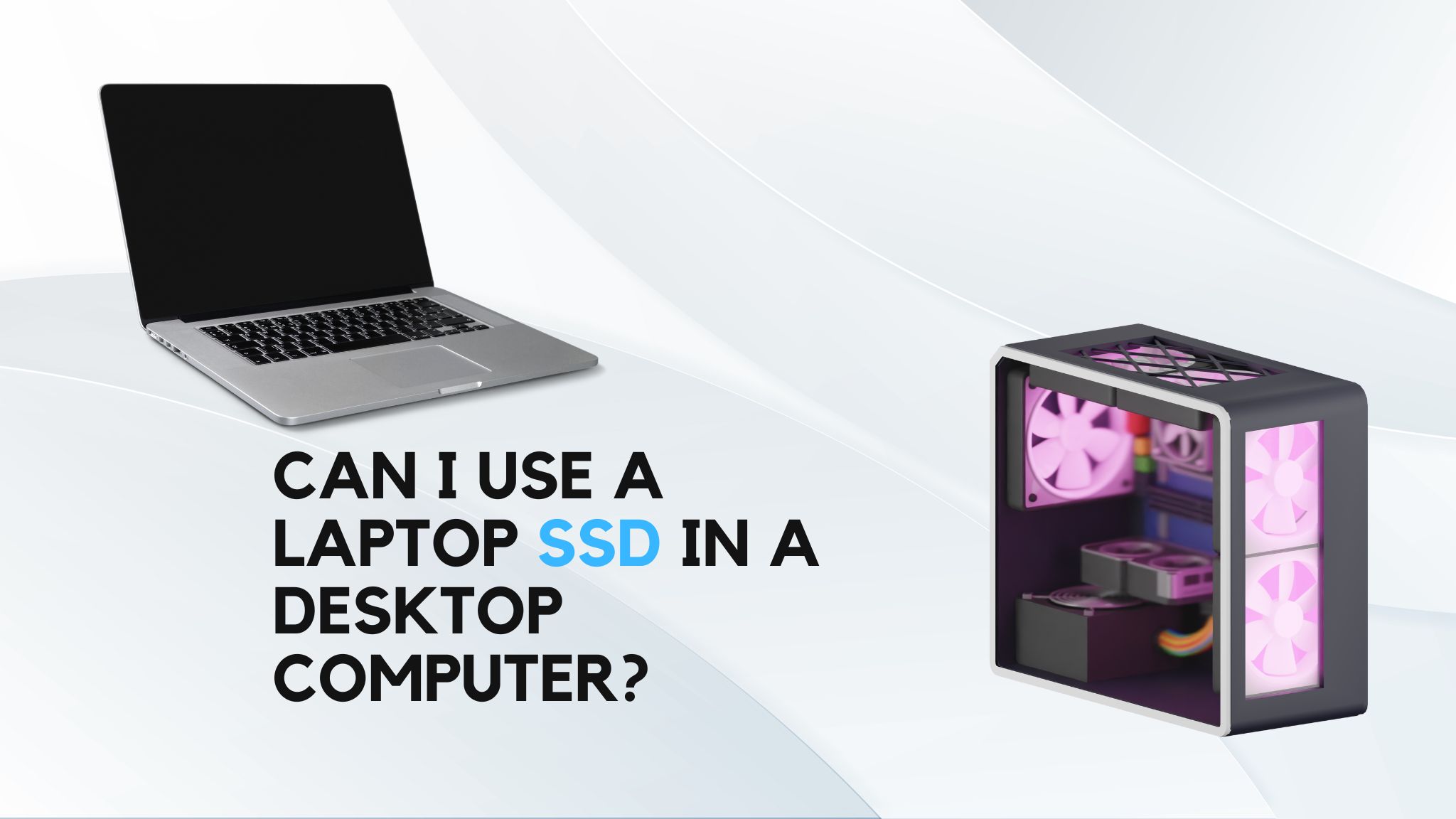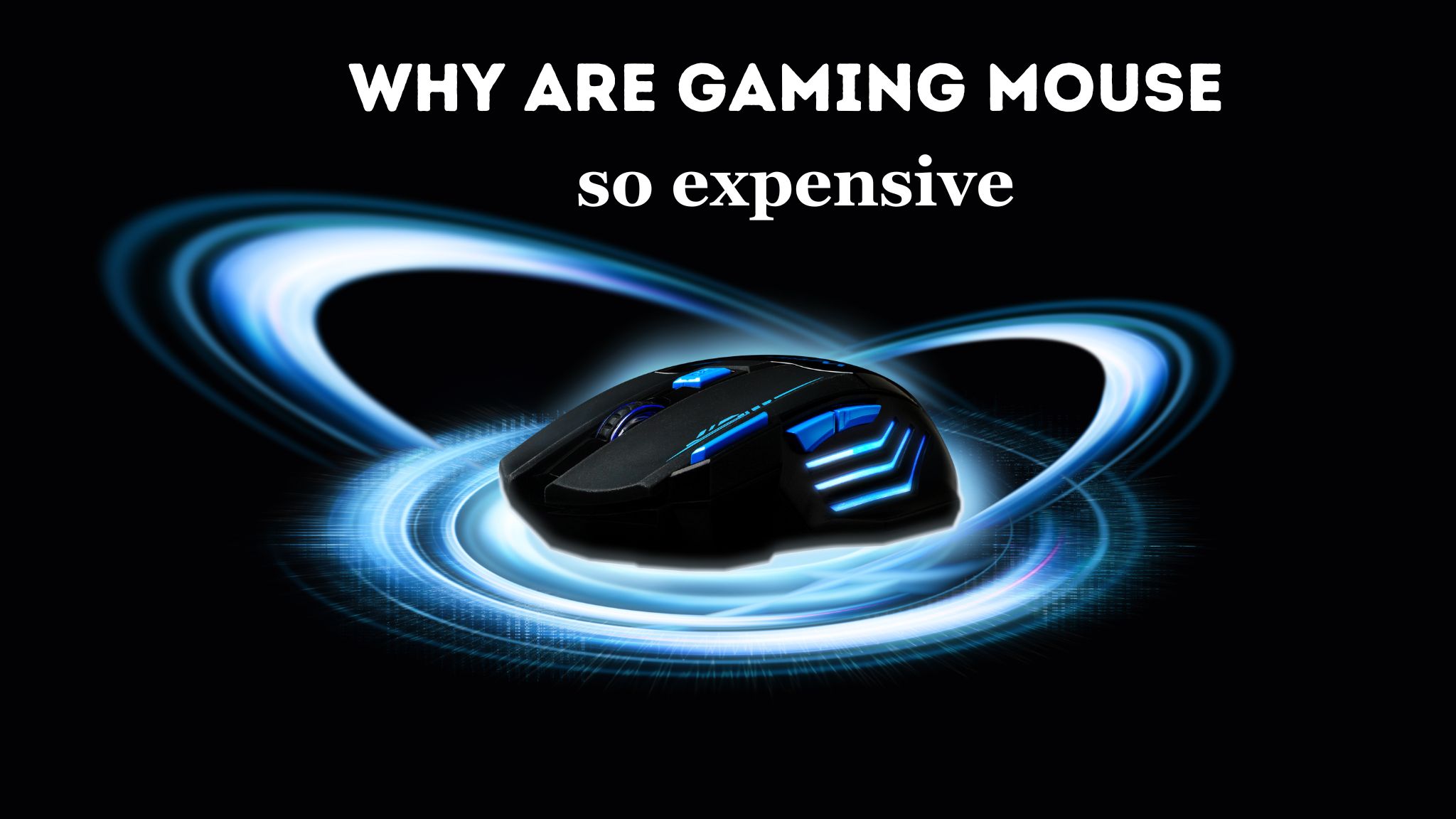In the present era of digitization, the topic of streaming and downloading media such as movies and music has been brought to the forefront. If you are feeling perplexed about the distinction between streaming and downloading, you are not alone in this quandary. For instance, does the act of viewing a YouTube video entail streaming or downloading? We shall deconstruct the differences between these two modes of dispensing internet content and facilitate your comprehension of digital media.
Some Examples of Streaming Content
Streaming content has become an integral part of our modern-day media consumption habits. From movies and TV shows to music and podcasts, there are countless options available for streaming online. One popular example of streaming content is video-on-demand services such as Netflix, Hulu, and Amazon Prime Video, which offer a vast library of movies and TV shows that can be accessed instantly. Similarly, music streaming services like Spotify, Apple Music, and Tidal have revolutionized the music industry by providing users with unlimited access to millions of songs on-demand.
Another example of streaming content is live streaming, which has become increasingly popular in recent years. This involves broadcasting live events such as concerts, sports matches, and gaming tournaments over the internet in real-time, allowing viewers to watch from the comfort of their own homes.
Streaming has also become a popular platform for podcasts and talk shows, with services like YouTube, Twitch, and Facebook Live providing a space for creators to reach a wider audience and interact with their fans in real-time.
Overall, the rise of streaming content has given us more options than ever before for accessing and enjoying media, making it an integral part of our daily lives.
What kind of important things you consider for Streaming?
When it comes to streaming, there are several important things to consider to ensure a seamless and enjoyable viewing experience. One of the most crucial aspects is internet speed and stability, as streaming requires a consistent and reliable internet connection to avoid buffering or interruption. It is recommended to have a minimum internet speed of 25 Mbps for HD streaming and 50 Mbps for 4K streaming.
Another factor to consider is the device being used for streaming. Smart TVs, streaming boxes, and game consoles are popular options for streaming content, but it is important to ensure that the device is compatible with the streaming service being used. Additionally, having a high-quality display and audio system can greatly enhance the overall viewing experience.
Content selection is another important consideration, as different streaming services offer different types of content. It is important to choose a service that offers content that aligns with your interests and preferences.
Subscriptions and pricing are also important factors to consider, as some streaming services may offer free trials or limited access while others require a monthly or yearly subscription fee.
Lastly, privacy and security should also be taken into consideration, especially when providing personal information or payment details. It is important to use reputable and secure streaming services and to ensure that devices and accounts are properly secured with strong passwords and two-factor authentication.
Considering these important factors can help ensure a smooth and enjoyable streaming experience.
Which one uses more data: browsing or streaming?
If you’re looking for a wider range of content, then streaming services are your best bet. With access to a vast library of movies, TV shows, and music tracks, you can find almost anything you’re looking for on streaming platforms like Netflix, Hulu, and Spotify. Browsing the internet, on the other hand, offers a vast range of information and entertainment, but it may not always be as comprehensive as streaming services. While browsing, you may come across websites that offer limited content or have outdated information. With streaming services, you have access to the latest and greatest content at your fingertips.
Can I use both browsing and streaming to access the same content?
Yes, it’s possible to use both browsing and streaming to access the same content, but the quality and availability of the content may differ. Browsing allows you to access a wide range of information and entertainment on the internet, but the quality and availability of the content are largely dependent on the websites hosting the content. Streaming services, on the other hand, offer high-quality content that can be streamed in various resolutions, from standard-definition to high-definition. However, not all content may be available on streaming platforms, so browsing the internet can be a useful supplement to your streaming service.
Do I need a good internet connection for browsing and streaming?
This is a most common question for audience. The answer is Yes, a good internet connection is crucial for both browsing and streaming. When browsing, you need a stable connection to quickly access websites and load pages without experiencing long wait times or error messages. Streaming, on the other hand, requires a fast and reliable connection to ensure that the media content plays smoothly without interruptions or buffering. Inadequate internet speed can result in a frustrating user experience, with slow loading times and low-quality video or audio. It’s important to check your internet speed and provider to ensure that you have a connection that can support your browsing and streaming needs.
In conclusion, it’s important to understand the key differences between browsing and streaming. While both activities involve accessing online content, browsing is focused on finding and navigating through websites and information, while streaming is focused on playing multimedia content in real-time. Both browsing and streaming require a good internet connection, but for different reasons. Browsing requires a stable connection to quickly access websites and load pages, while streaming requires a fast and reliable connection to ensure smooth playback of multimedia content. Understanding these differences can help you choose the appropriate device, internet plan, and streaming service for your needs. It can also help you avoid legal and copyright issues associated with pirated content. By being aware of these distinctions, you can enhance your online experience and make the most of what the internet has to offer.




